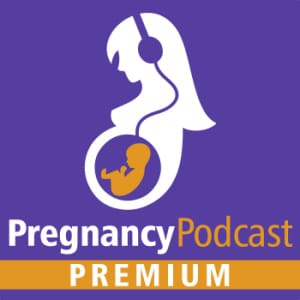Overview
Protein does more than build muscle mass. Protein is necessary to structure, function, and regulate virtually all tissues in your body. You can imagine you need protein for yourself and your growing baby during pregnancy. While there is a Recommended Daily Allowance for protein during pregnancy, some research shows the RDA is underestimated and varies based on the stage of pregnancy. Supplemental protein powders are an easy solution to add protein to your diet. There are considerations when selecting a protein powder and caution for some of the ingredients and contaminants found in some powders. This episode examines the evidence on protein requirements during pregnancy, sources of protein in animal and plant-based diets, and supplementing with protein powders.

